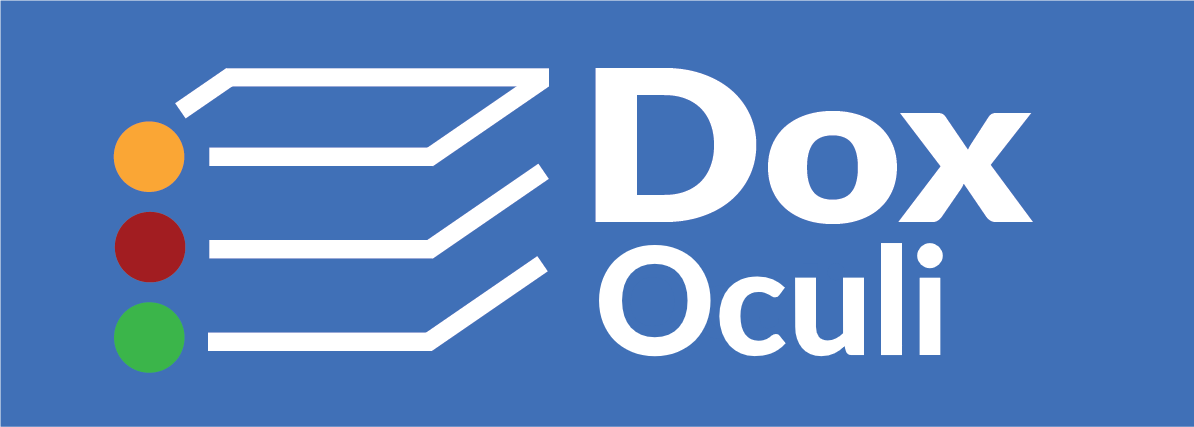

The graphical chart. The patient’s principal page has an optional historical presentation of clinical data and interventions. You can immediately relate a change in a diagnostic indicator to an intervention, such as IOP variation to a medication change. Below that graph, which can be hidden away, is the data from the individual exam elements undertaken on prior visits. Clicking on one of those elements takes you to the day and the notes/data.
Your notes – your way.
- Paper – Familiar and reliable. Oculi makes paper records with barcodes to eliminate manual handling and automate scanning into the EMR.
- Annotations – Oculi automatically provides the appropriate illustration, stock image, or patient specific image. Draw on top or alongside to illustrate the clinical findings. Add typed or hand-written notes.
- Free Text – Oculi will assist with automatic recognition of shortcuts and keyboard macros, and then there’s the optional speech recognition.
Each doctor in the practice can use Oculi their way. Orthoptists’ examination data, plus data from diagnostic machines and images, are automatically incorporated into the EMR.
Multiple data types and multi-location
Oculi EMR combines clinical records and a diagnostic image PACS in the one system. Clinical records, diagnostic data, notes, MIMS supported scripts (including automated authority script processing), correspondence, and images are all available within a common system.
This amenity of a single repository for all of the patient’s information extends from a single clinic to a geographically dispersed network of clinics and hospitals, with the patient able to present at any facility and not require any movement of records.
Oculi integrates with equipment and other systems
Oculi uses both DICOM and native machine interface capability to integrate data and images from diagnostic equipment such as OCT and Field Analysers.
Oculi includes a picture archiving & communication system (PACS) for images. Having all images accessible from the patient’s EMR is a great convenience for clinicians.
Oculi EMR automatically extracts all necessary patient demographics, billing, and appointment data from all of Australia’s popular practice administration or billing software systems. There is no need to rekey any information. Oculi has a rich and seam-free integration with Dox medical records for day hospitals, so all of the patient’s surgical record can be easily accessed from within Oculi.
A system for the whole practice - not just doctors
All of an orthoptist’s examination results can be quickly and intuitively entered using touch screens or standard keyboard and mouse.
Patient’s are tracked through their visit, revealing for example that patient X is in the HFA room, but started the testing only five minutes ago, or that there is a growing backlog for doctor Y or diagnostic machine Z. Progress and stage times are recorded for reporting and analysis.
Oculi ensures incoming pathology results are doctor reviewed. Correspondence with referrers and practitioners is via secure electronic messaging using transcription or optional speech recognition. Internal messaging assists next visit planning and provides necessary details for billing today’s visit.